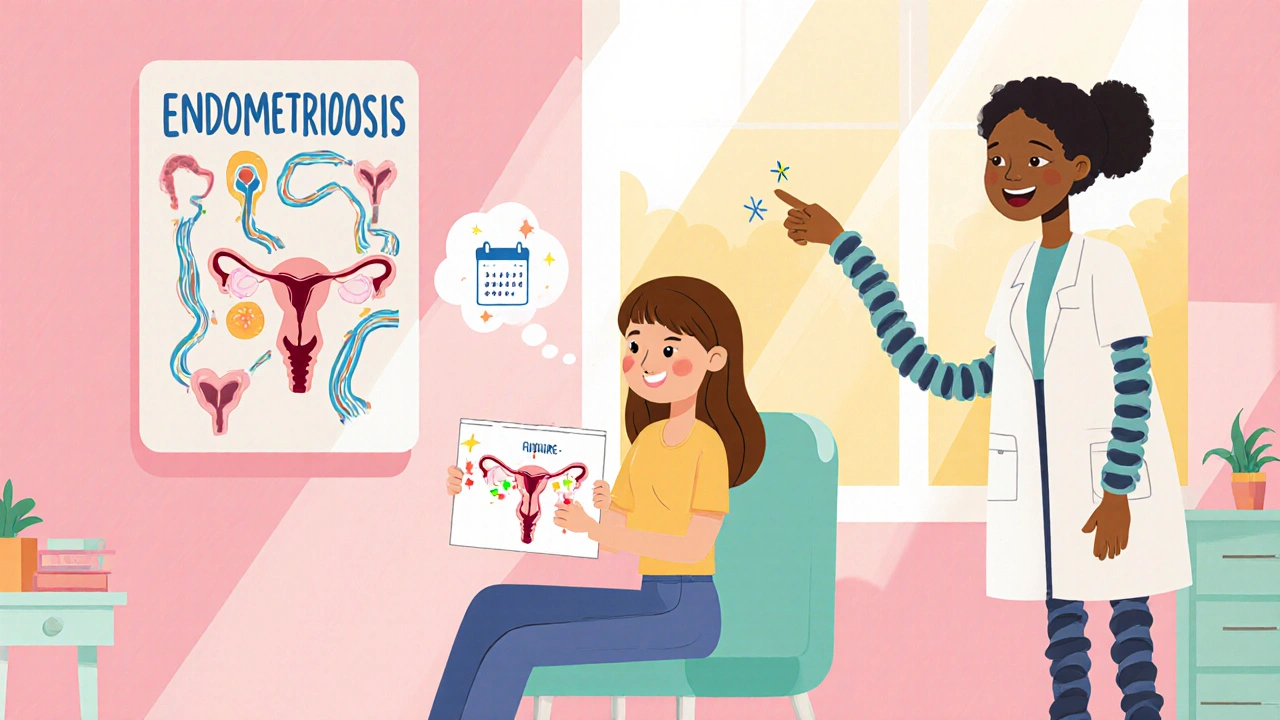Egg Freezing: What You Need to Know About Preserving Fertility
When you think about egg freezing, a medical process where a woman’s eggs are extracted, frozen, and stored for future use. Also known as oocyte cryopreservation, it’s not just for women delaying motherhood for career reasons—it’s becoming a practical option for anyone wanting more control over their reproductive timeline. This isn’t science fiction. It’s a real, accessible step many women take when they’re not ready to have kids but want to keep the door open.
Ovarian reserve, the number and quality of eggs a woman has left naturally drops with age, especially after 35. That’s why egg freezing is often done in the late 20s to early 30s—when eggs are still healthy and more likely to result in a pregnancy later. It’s not a guarantee, but it’s one of the few tools that actually gives you a biological backup. The process starts with hormone injections to stimulate egg production, followed by a minor procedure to retrieve them. These eggs are then flash-frozen using vitrification, a method that prevents ice crystals from forming and damaging the cells. When you’re ready to use them, they’re thawed, fertilized with sperm in a lab, and transferred as embryos—just like in IVF, in vitro fertilization, a common assisted reproductive technology.
People often assume egg freezing is only for single women or those without partners. But it’s also common among women with medical conditions like cancer, where chemo or radiation could damage fertility. It’s used by trans men before starting testosterone therapy, and by those with family histories of early menopause. The emotional side matters too—many women freeze their eggs to reduce pressure from biological clocks or to wait for the right partner, job, or financial stability. It’s not about saying no to motherhood. It’s about saying yes to choice.
What you won’t find in most ads is the truth about success rates. They vary by age at freezing, clinic quality, and how many eggs are stored. A woman under 35 who freezes 15-20 eggs has a good shot at one live birth later. But it’s not a magic bullet. There are costs, physical discomfort, and no promises. Still, for many, it’s the most empowering step they’ve taken for their future self.
Below, you’ll find real, practical guides on what to expect before, during, and after egg freezing. From hormone protocols and clinic selection to emotional preparation and cost breakdowns—these posts cut through the noise and give you what you need to decide for yourself.

Endometriosis & Fertility Preservation: Options, Risks & How to Choose
Learn how endometriosis affects fertility and explore egg, embryo, and tissue freezing options, plus surgery and decision‑making tips for preserving your fertility.
Read More